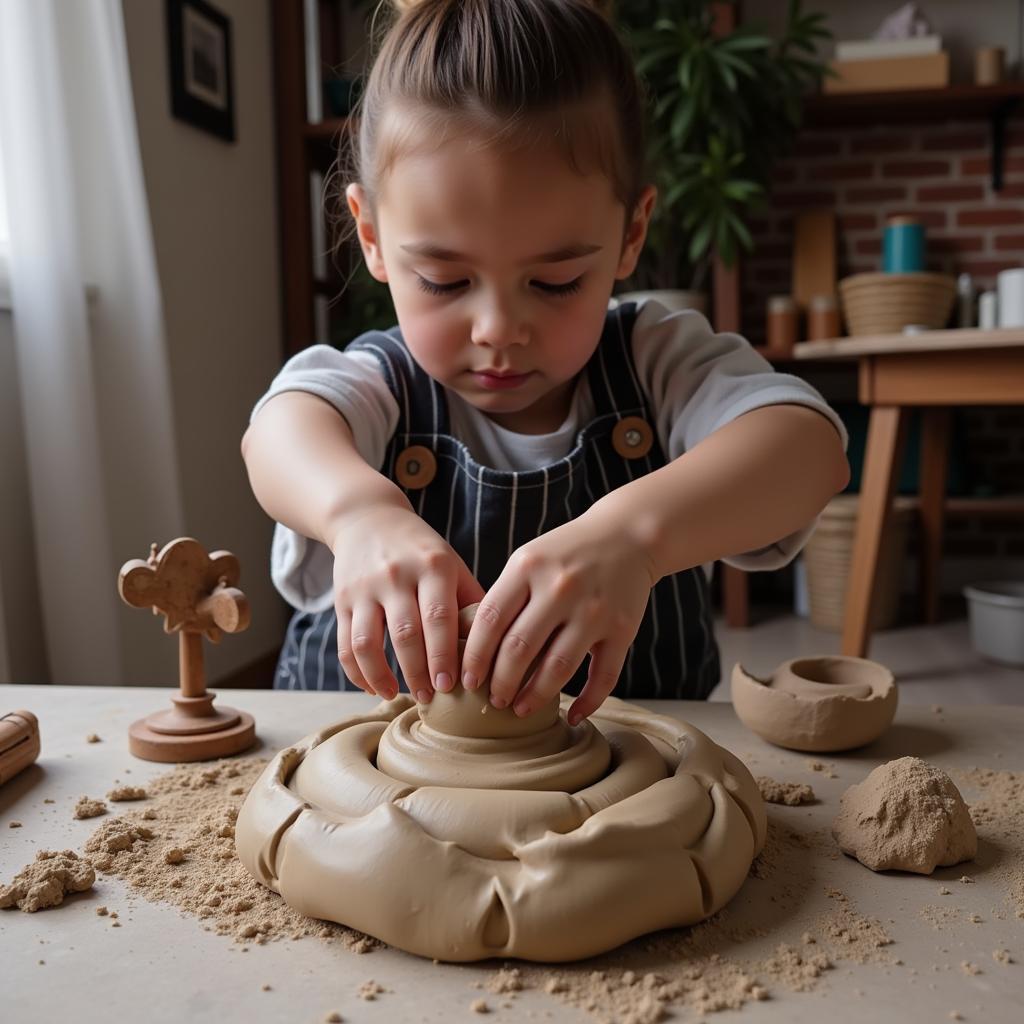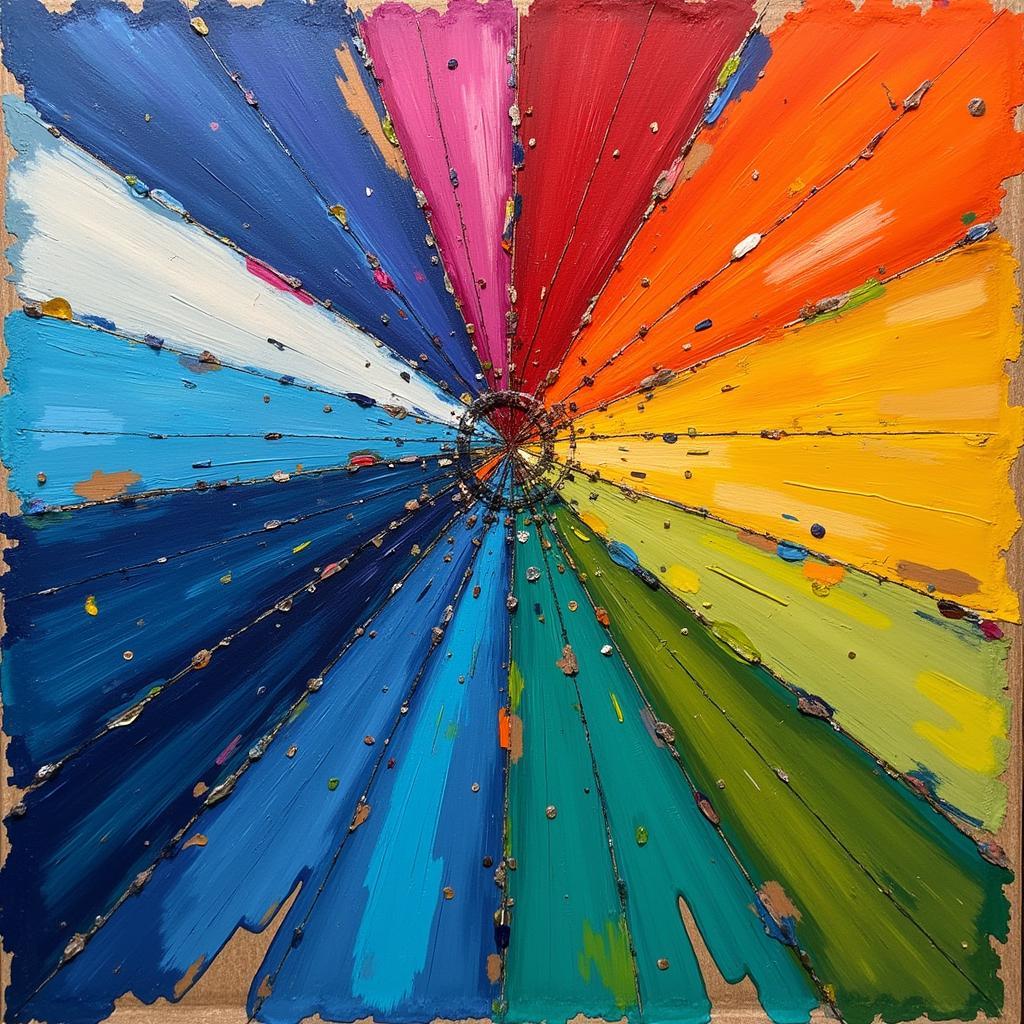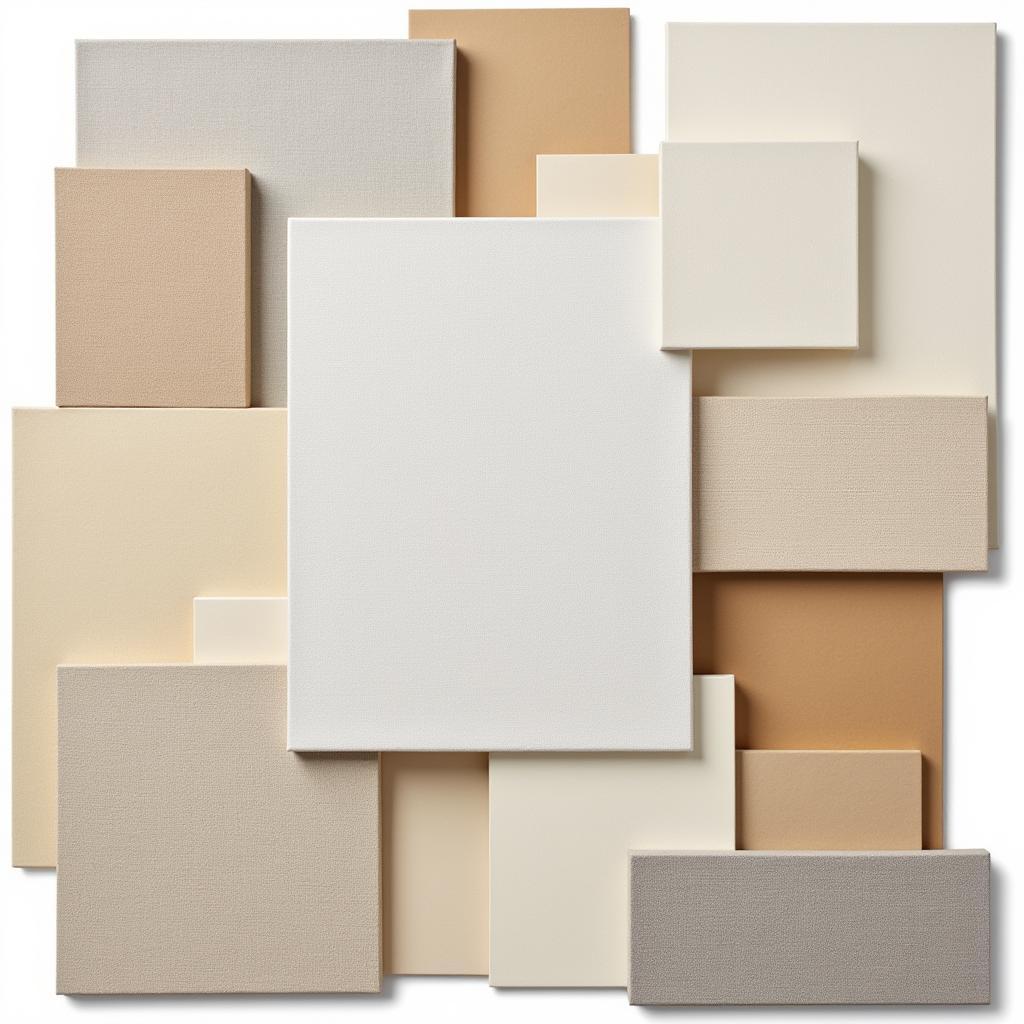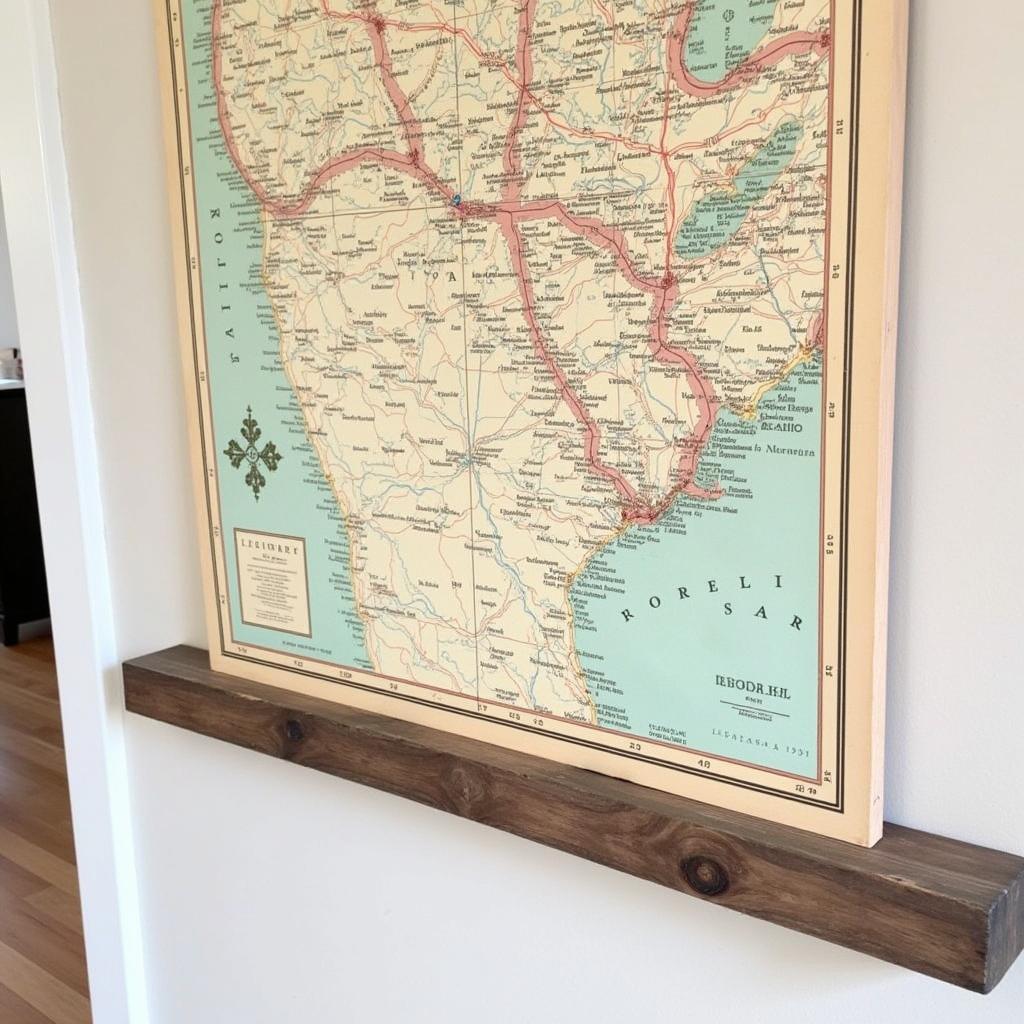Art Therapy for OCD: Unveiling Creative Freedom
Art Therapy For Ocd is an innovative approach to managing and coping with the challenges posed by this often debilitating disorder. It harnesses the power of creative expression to explore emotions, reduce anxiety, and foster a sense of control.
Understanding OCD and the Role of Art Therapy
Obsessive-Compulsive Disorder (OCD) is characterized by persistent, intrusive thoughts (obsessions) and repetitive behaviors or mental acts (compulsions) that an individual feels driven to perform to alleviate the anxiety caused by these obsessions. art therapy and ocd explores the interconnectedness of thoughts, feelings, and behaviors through a creative lens. It provides a safe and non-judgmental space for individuals with OCD to:
- Externalize Thoughts and Feelings: Art provides a tangible outlet for expressing and processing difficult emotions and intrusive thoughts that are often hard to articulate verbally.
- Challenge Rigid Thinking Patterns: The creative process encourages flexibility, spontaneity, and a departure from rigid rules and routines that often characterize OCD.
- Develop Self-Awareness and Insight: Through art, individuals can gain a deeper understanding of their thought patterns, triggers, and behavioral responses.
How Does Art Therapy for OCD Work?
Art therapy, when integrated into an OCD treatment plan, doesn’t focus on artistic talent or creating masterpieces. Instead, it emphasizes the process of creation as a means of self-discovery and healing. Here’s how it works:
- Safe and Expressive Outlet: Art materials become tools for communication, allowing individuals to express their inner experiences without the need for words.
- Symbolic Representation: Art provides a visual and symbolic language to represent and explore obsessions, anxieties, and compulsions in a less threatening way.
- Emotional Regulation: Engaging in the creative process can be calming and meditative, helping individuals manage anxiety and gain a sense of control over their emotions.
“Art therapy provided me with a way to communicate what I couldn’t put into words. It was like my anxieties could flow out through the paintbrush,” shares Emily, a former art therapy client who found solace in creative expression.
Techniques Used in Art Therapy for OCD
Art therapists employ a variety of techniques tailored to the individual needs of each client. Some common techniques include:
- Drawing: A fundamental form of expression, drawing can be used to depict obsessions, track anxiety levels, or simply engage in a calming, repetitive activity.
- Painting: The use of color and texture in painting can be particularly evocative in expressing emotions and exploring themes of control and release.
- Sculpture: Working with three-dimensional materials allows individuals to externalize their anxieties and gain a sense of mastery over them.
 An OCD patient finds solace in creating a clay sculpture during art therapy.
An OCD patient finds solace in creating a clay sculpture during art therapy.
Benefits of Art Therapy for OCD
Art therapy, used in conjunction with traditional therapy methods, can offer numerous benefits for individuals with OCD:
- Reduced Anxiety and Stress: The creative process can be deeply calming and meditative, helping to alleviate anxiety.
- Improved Self-Esteem: The act of creating, regardless of the outcome, can foster a sense of accomplishment and boost self-worth.
- Enhanced Coping Mechanisms: Art therapy equips individuals with healthy coping strategies for managing intrusive thoughts and urges.
- Increased Self-Awareness: Through art, individuals gain a deeper understanding of their triggers, thought patterns, and behavioral responses to anxiety.
Finding an Art Therapist
If you’re considering art therapy for OCD, it’s crucial to find a qualified art therapist who specializes in working with this disorder. Look for a therapist who is registered with a reputable art therapy association and has experience treating OCD.
Art therapy offers a unique and powerful approach to managing OCD. It provides a creative outlet for expression, fosters self-awareness, and equips individuals with coping mechanisms to navigate the challenges of this complex disorder. If you’re seeking an alternative or complementary therapy for OCD, art therapy may be a valuable addition to your treatment plan.
FAQ
- Is art therapy only for people who are good at art? Not at all! Art therapy focuses on the process of creation, not the final product. No artistic talent is required.
- How long does it take for art therapy to be effective for OCD? The timeframe for experiencing benefits varies depending on the individual and the severity of their OCD.
- Can art therapy replace medication for OCD? Art therapy is not a substitute for medication. It is most effective when used in conjunction with traditional therapies and medication as needed.
Need Help?
If you’re struggling with OCD and seeking support, please reach out. We’re here to help.
Contact us:
Phone: 02462573573
Email: danteum@gmail.com
Address: Savico Megamall, 7-9 Đ. Nguyễn Văn Linh, Gia Thụy, Long Biên, Hà Nội 10000, Việt Nam.
Our dedicated support team is available 24/7 to assist you.


